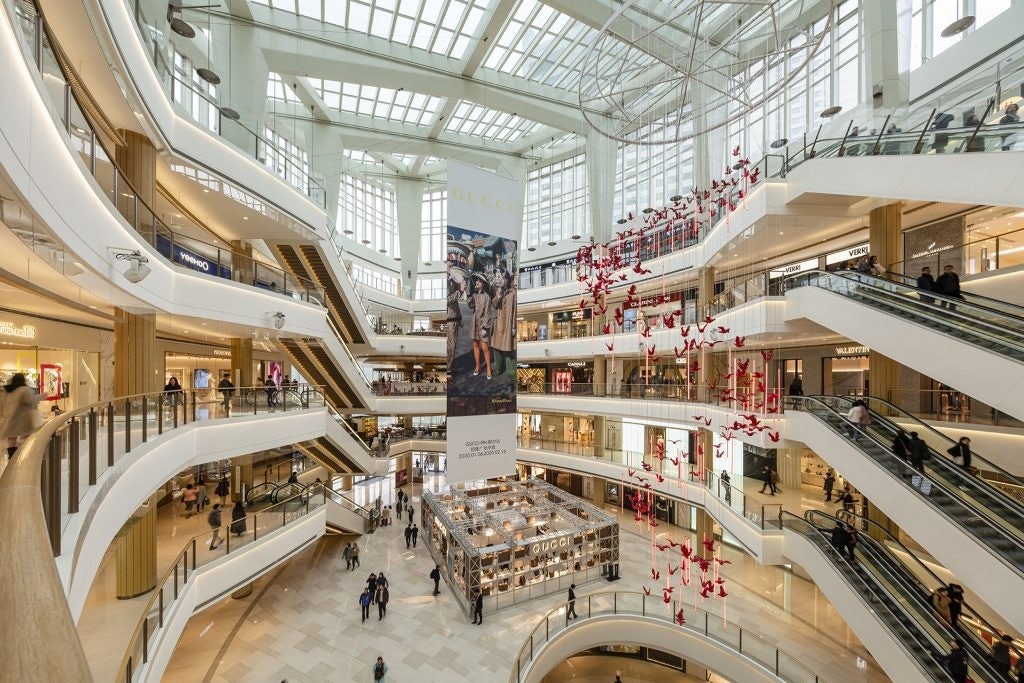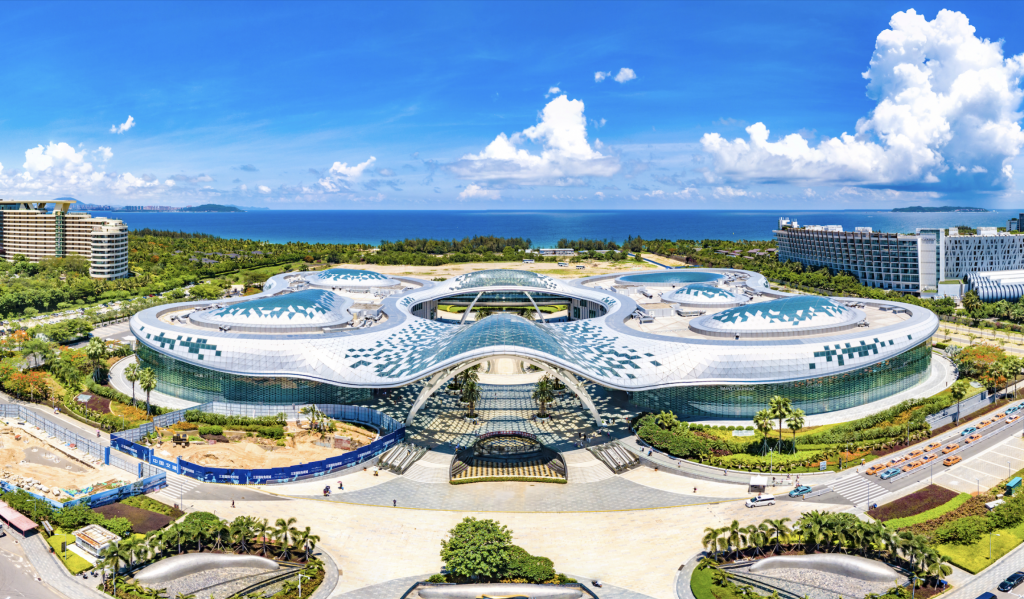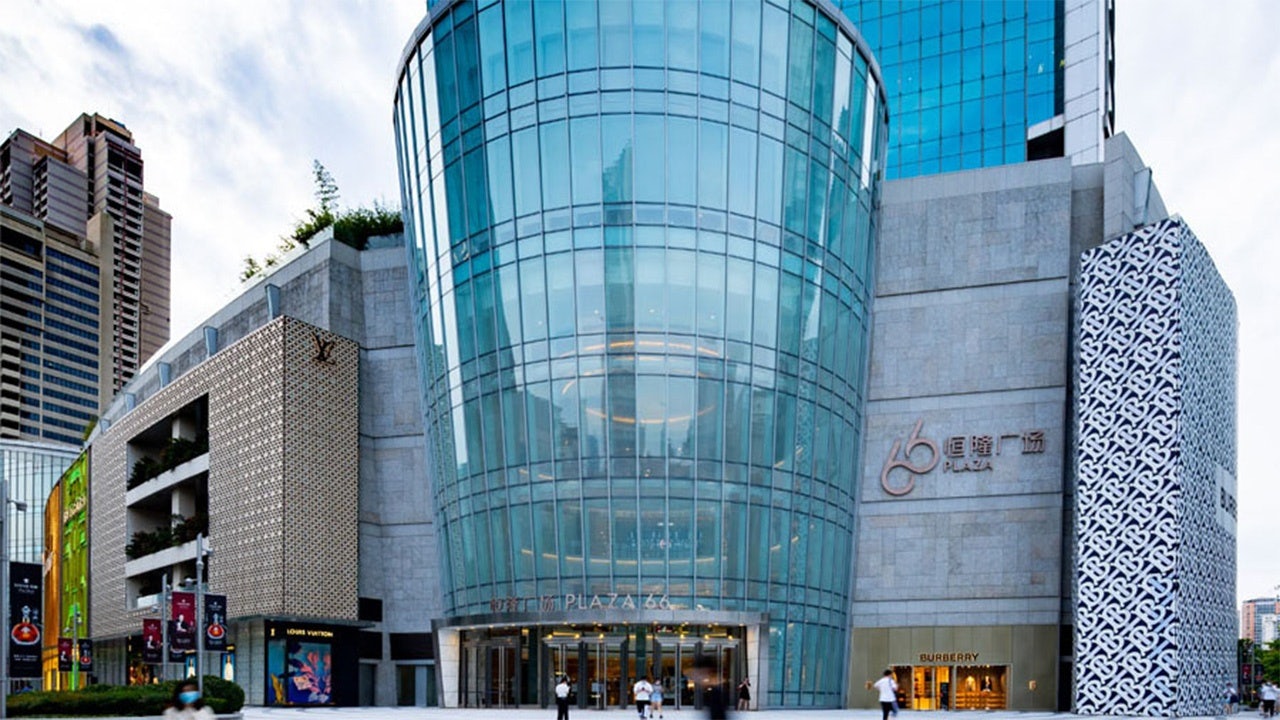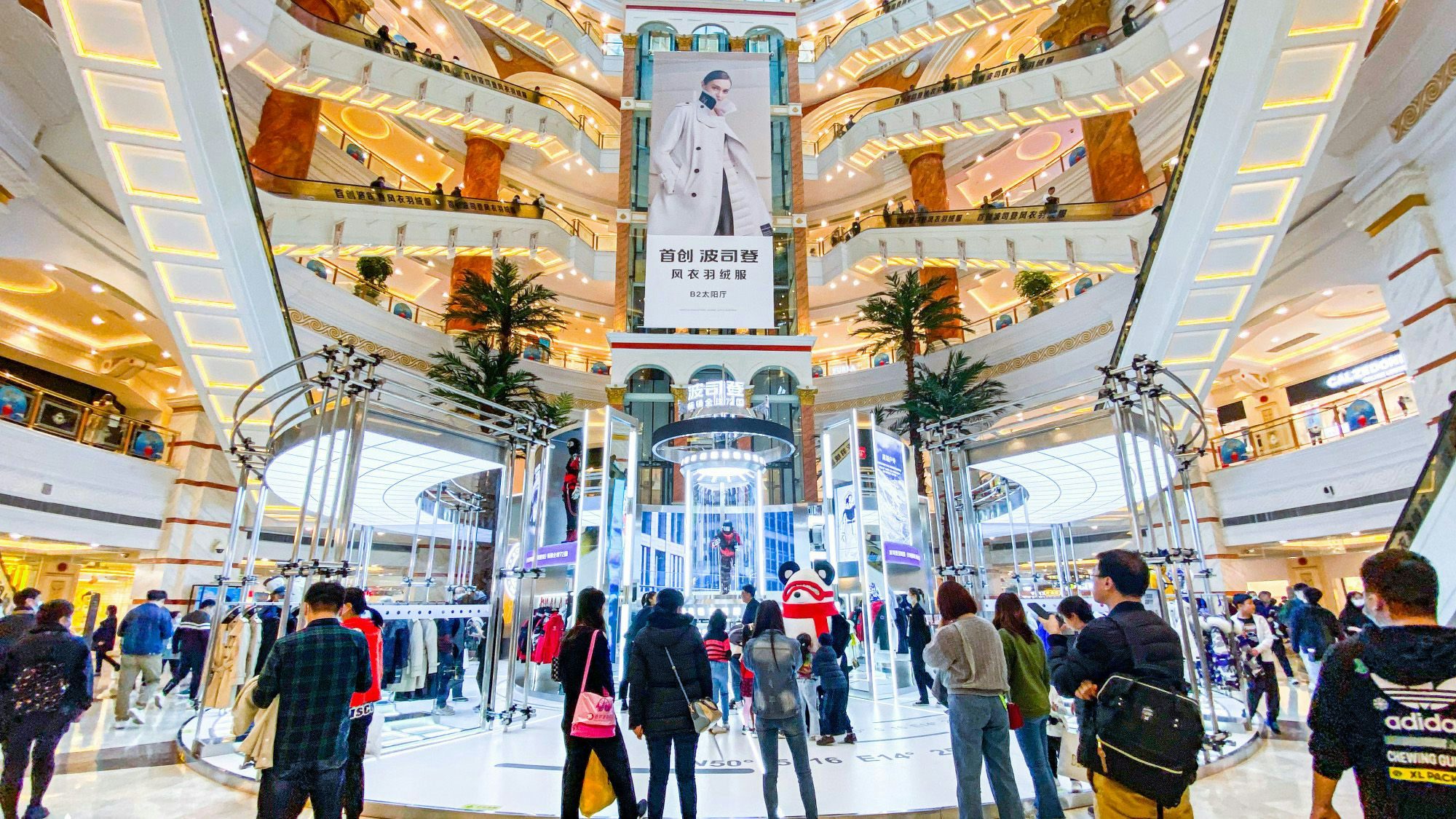Amid the pandemic, and the resulting changes rippling across China's luxury industry and consumer behavior at large, high-end shopping malls have been forced to evolve. They’ve gone from same-but-different configurations of luxury boutiques into a more dynamic ecosystem, shaped by localized demographics, diverse brand portfolios, and immersive experiential retail.
On July 28, Hang Lung Group and its subsidiary Hang Lung Properties — the parent companies behind some of the country’s top shopping malls — released financial results for the first half of 2022. During the period, the mall portfolio of Hang Lung Properties in mainland China was down 1 percent at 2.21 billion yuan (0.33 billion), while the group’s rental revenue was flat at HK4,98 billion (0.63 billion) — despite the fact that total revenue increased.
In its earnings report, Hang Lung Group attributed the weak performance of its mall business to COVID-19’s Omicron variant, which caused the closure of Shanghai locations such as Plaza 66 and Grand Gateway 66 in the spring. While it’s clear that the pandemic had an impact on retailers and developers in Shanghai and beyond, it’s far from the only obstacle plaguing luxury malls in the Chinese fashion capital. Here, Jing Daily offers a lens on what's ailing the city’s old school malls.
Geographic diversification as spending power rises in lower-tier cities#

Plaza 66 has long been the cornerstone of Hang Lung's retail portfolio. According to local firm Winshang Data, Plaza 66 and Grand Gateway 66 account for more than 60 percent of the group’s rental income. Hang Lung was once labeled "Shanghai-dependent," but this has changed since the city’s two-month-long lockdown.
Yet, while luxury malls in the sprawling municipality suffered, the same fate didn’t befall retailers in other cities. Thanks to Hang Lung Group's diversification strategy, its luxury malls in other locations are beginning to outperform those in Shanghai. Revenue in Kunming’s Spring City 66 was up 11 percent, Dalian’s Olympia 66 revenue increased 67 percent, and Wuhan’s Heartland 66 delivered a remarkable revenue jump of 184 percent year-on-year with customer traffic up 150 percent in June alone.
New first, second, and even third-tier cities are compensating for declining performances in tier-one hubs. Lo Wai Pak, CEO of Hang Lung Properties, said that without the opening of Wuhan’s Heartland 66 in March 2021, the temporary closure of the company’s two Shanghai malls would have seen total mall revenue drop as much as 22 to 23 percent.
Hang Lung Group isn’t the only real estate group that’s spotted the potential. High-end projects are rapidly expanding to second and third-tier cities, where government policies, growing infrastructure, and less saturated retail districts signal room for growth. Take Beijing Hualian Group's SKP, which plans to take on Kunming and Hohhot in coming years after landing in Xi'an in 2018.
A report from Nielsen data showed that as early as the third quarter of 2019, the consumption trend index of third-tier cities had surpassed that of first and second-tier cities. Brands have caught a whiff of these relatively unsaturated markets, accelerating penetration into them. For example, Hermès opened its first store in Henan province in March, which achieved an outstanding performance on its first day.
The Hainan duty-free dream#

Duty-free stores in Hainan are also drawing local consumers away from traditional high-end malls in other provinces because of cheaper prices. Domestic tourism hot spot Sanya (Hainan’s capital city) has boomed under the pandemic’s international travel restriction. On July 1, 2020, the government implemented a new duty free shopping policy, raising per person yearly quotas from 4,429 (30,000 RMB) to 14,765 (100,000 RMB). As a result, the average Sanya total visitor spend per day jumped to 18 million (124 million RMB) by the end of June this year, an increase of 257 percent compared with figures prior to the change in policy.
Given this spending allowance, Sanya’s government revealed in May that high-end shopping and commercial complexes such as Taikoo Li, SKP, and Bailian Shanghai will be moving in. LVMH announced in July that it would also enter the duty free haven in full, along with Tapestry which plans to open its China travel retail headquarters there.
The experiential retail effect#

At a time when China's luxury market is undergoing cataclysmic changes, brands and mall developers may both need to consider dramatic reform. Run-of-the-mill luxury malls are no longer able to satisfy young consumers’ demands. Even so, there are plenty of them: in China, the lion’s share of shopping centers, from Plaza 66, to IAPM, to SKP, is centered around an atrium surrounded by wrap-around corridors — a format that’s becoming increasingly homogenized and stale.
Demand for shopping experiences focused on events and entertainment continues to grow. Kiko Liu, analyst at CBRE Investment Management, points out that curation-centric retail has become the new norm. Curated retail forerunner New World Development’s K11 franchise uses on-site exhibitions and cultural/art pop-ups to beat rivals and capture the hearts of young shoppers. Beijing’s SKP-S, opened in 2019, is another example, having famously housed a futuristic Mars-like retail installation that went viral on Chinese social media. Rather than being hit hard by COVID-19, SKP Beijing sales reached 135 billion (24 billion RMB) in 2021.
Therefore, stirring consumer excitement and stretching your China footprint beyond the usual hotspots will be lifesaving when navigating the evolving new retail trajectory — not just in Shanghai but across the mainland.

